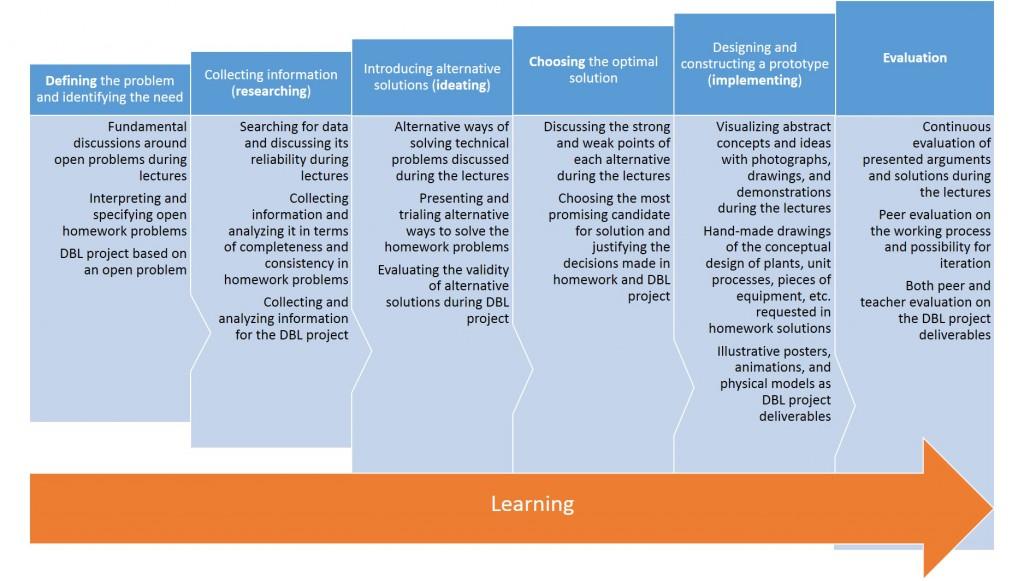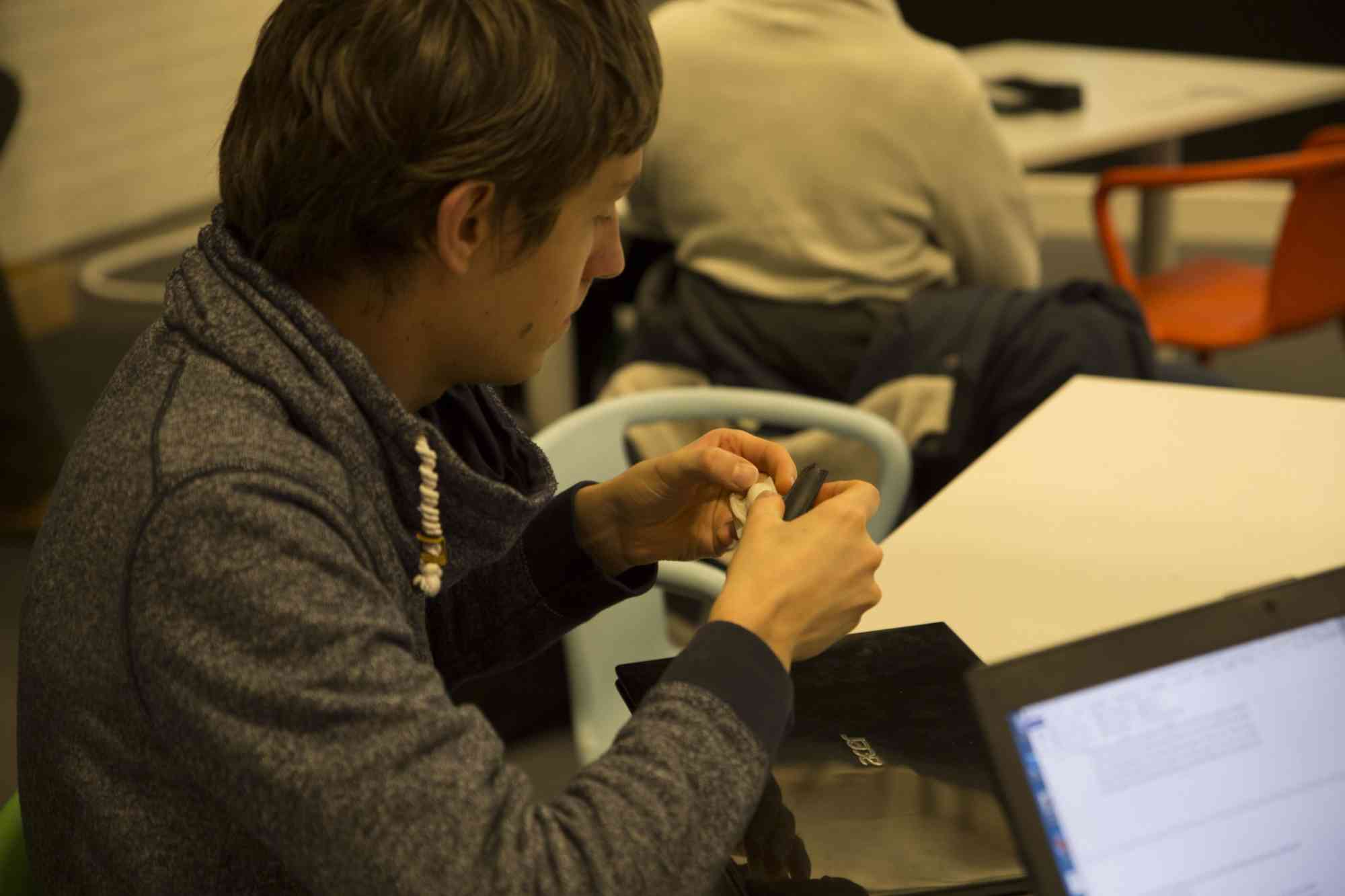Series Part 4: PBL actitivities
PBL activities apply theory to practice through real-life problems that can be accomplished only with support of a master in the field. In this situated learning, rather than separating theoretical knowledge learned in class from the practical application, students search for the knowledge needed to carry out a particular situated task, giving context to the knowledge, which is created or presented through participation, concrete doing, active thinking, and problem-solving. This way students focus on the how instead of the what.
Series Part 4: PBL actitivities
PBL activities apply theory to practice through real-life problems that can be accomplished only with support of a master in the field. In this situated learning, rather than separating theoretical knowledge learned in class from the practical application, students search for the knowledge needed to carry out a particular situated task, giving context to the knowledge, which is created or presented through participation, concrete doing, active thinking, and problem-solving. This way students focus on the how instead of the what.
As Taajamaa, Sjöman, Kirjavainen, Utriainen, Repokari, & Salakoski, explain, “The problems solved using design thinking processes and methods are often complex and loosely formulated, open-ended problems to which there is no one correct answer. This kind of tasks, that are also called wicked problems, or system problems, require a holistic way of solving that produces systemic, holistic solutions, thus traditional ways of searching for solutions are often too straight forward. University students need to acquire thinking and working skills to tackle this kind of wicked challenges, but their education often leaves them underequipped to do so. Solving this kind pf problem requires the creation of multiple new solutions to choose from instead of choosing from existing alternatives or creating only one solution to a problem. Thus the explorative nature of design thinking.” (2013).
Design thinking can be described as a process complemented with a combination of practices and cognitive approaches as well as a mindset. When using the design thinking process, the typical stages  are:
are:
This hands-on, interdisciplinary teamwork process is similar to the scientific method process. Solving design problems in a project-based setting provides a venue for learning both science and design skills, with the collaborative nature of design providing opportunities for teamwork
Knowledge is presented in context, the content of the teaching is presented in its actual context of appliance through participation, concrete doing, active thinking, and problem-solving
Series Part 1: Introduction to ADF ways of working
Series Part 2: The environment
Series Part 5: The role of the teacher
Series Part 6: Prototyping, Failing and Learning
Series Part 7: The successful student and the role of university education
 Aalto DF
Aalto DF